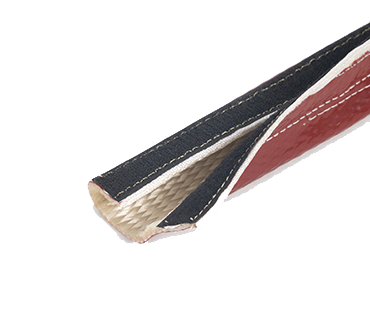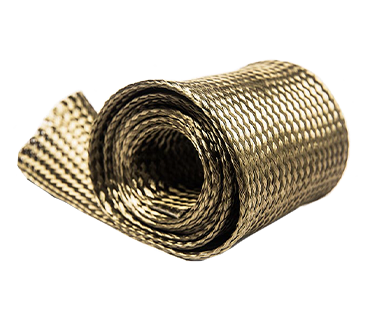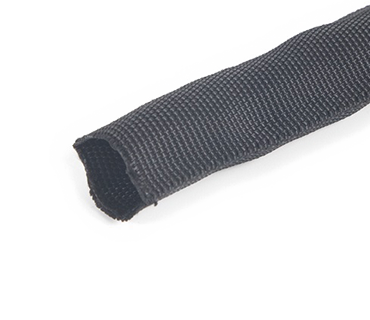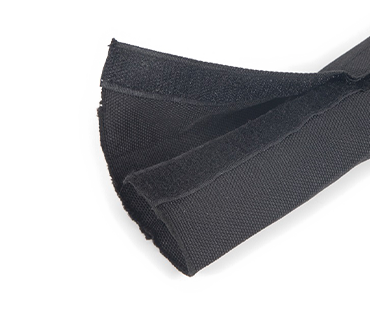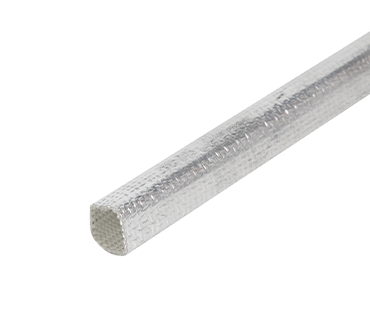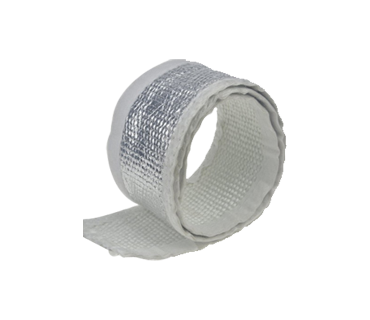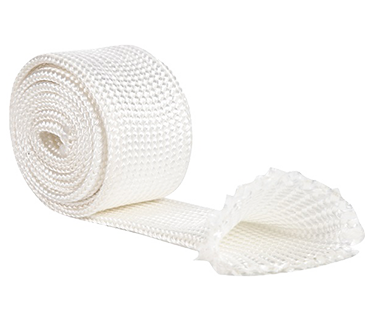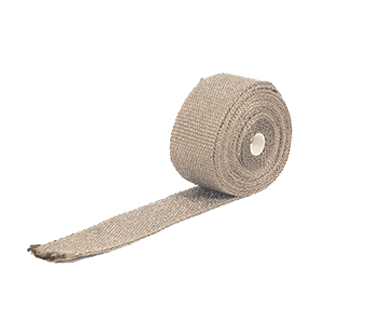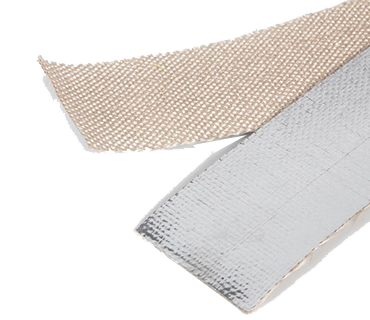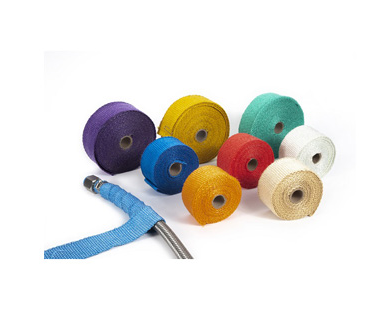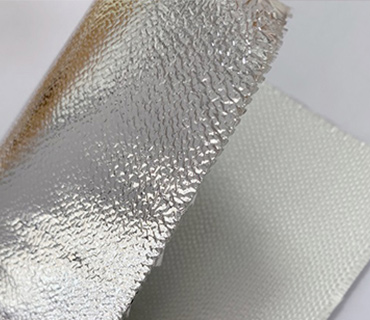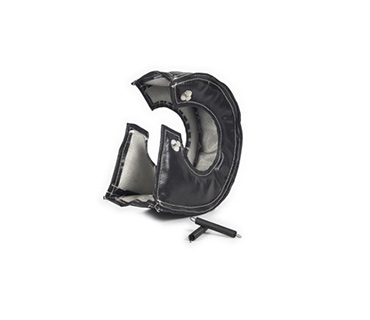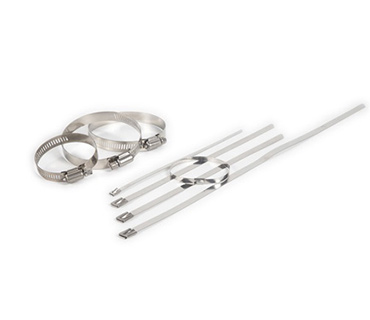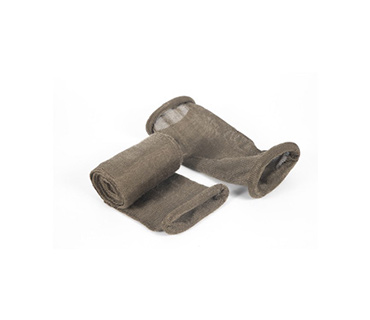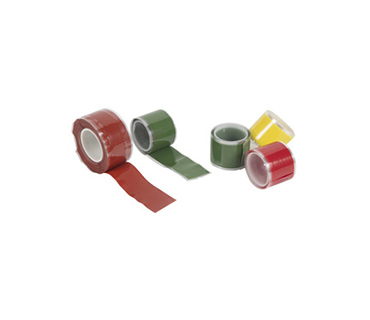The molding process of the glass fiber sleeve is to impregnate the glass fiber filament with resin and then solidify it in a high-speed polymerization device integrating photoelectricity and heat.
Ⅰ. Classification of fiberglass sleeve coatings
1. Distinguish by coating
The silicone resin-coated fiberglass sleeve is made of silicone resin oil coated with high temperature treatment, the acrylic coated fiberglass sleeve is made of acrylic oil coated with high temperature treatment, and the fireproof pipe is made of organic high temperature resistant iron oxide red silica gel. Coated with high temperature treatment, polyurethane fiberglass sleeve is made of specially configured polyurethane oil through high temperature vulcanization and stereotyped. The expandable fiberglass sleeve is made of high elongation silicone oil coated with high temperature treatment.
2. Distinguish by uncoated
The high-temperature setting tube is made of alkali-free glass fiber yarn woven into a tube and processed at high temperature; the high-silica fiber sleeve is woven from silica fiber, of which the silica content is more than 94%, and the quartz fiber sleeve is made of mineral The best dielectric coefficient and dielectric loss in the fiber are more than 99.9% silica and quartz fibers are woven, and the polyester fiber sleeve is made of polyester fiber braided at high temperature.
Ⅱ. The use of fiberglass sleeve
Fiberglass sleeve has the functions of sound absorption, sound insulation, heat insulation, environmental protection and flame retardant. Fiberglass tubes are widely used, taps and leads of various power transformer windings; lead wires of motor windings, machinery manufacturing, plastic molds, drilling machines, molding machines, injection molds, motors, countertop grinding pads, injection molding machines, ICT governance tools and many other areas.
Ⅲ. The storage of fiberglass sleeve requires the following measures:
1. The fiberglass casing should not be stacked directly on the ground, on the steel frame or on the cement floor. The brackets generally used to place steel pipes are not very suitable for fiberglass sleeves.
2. Use support bars between the bottom layers and layers to prevent damage and movement of the glass fiber sleeve. For fiberglass heat sleeve with a length of 9.14m, at least 4 support bars should be used. The support bars should not be placed in the transition area of the pipe or In the thickened area, the spacing of the support bars should not exceed 1.8m, and should be arranged vertically with the pipe body. At the same time, the thickness of each layer should be uniformed. The tubes used for the support bars should be softer than the tubes. near both ends of the fiberglass sleeve.
3. The fiberglass sleeve should not be stacked too high to ensure the safety of the pipe and facilitate inspection and loading and unloading.
4. The layers should be staggered to prevent the pipe joint from bearing too much weight.

